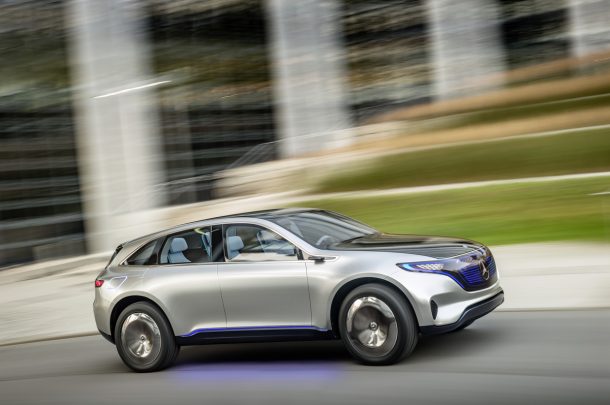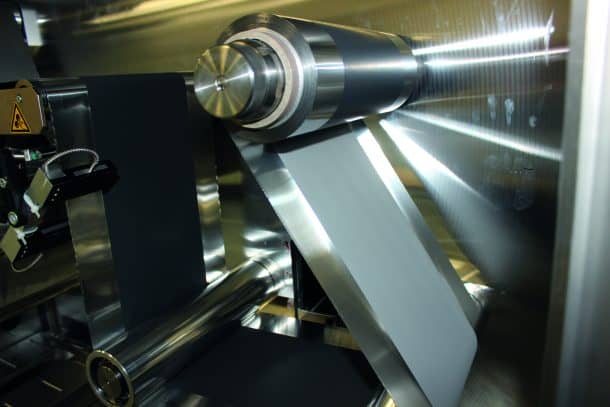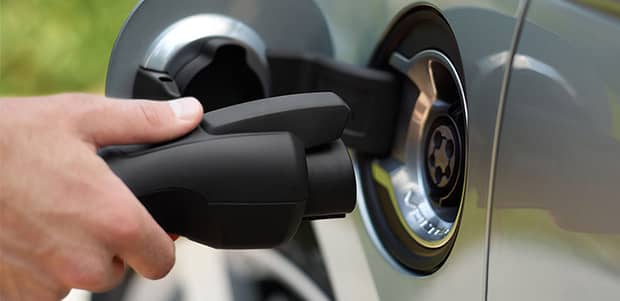Pollution is becoming a havoc for our planet, drowning entire cities in toxic smog and rapidly increasing the rate of global warming. The world is moving to greener alternatives for everything. Over the years, solar and wind energy has significantly replaced the coal and oil power plants. The automotive industry is seeing the same trend, eliminating fossil fuel-powered cars and replacing them with electric vehicles. However, Consumers still hesitate to buy electric cars because of the short distance they travel. An average electric car allows a single charge range of about 161 km (100 miles) which is not enough for slightly long commutes. The best of Tesla cars offer a range of 426 km (265 miles) with the 85 kWh battery pack. The range goes down even further when the lights, windscreen wipers, and air conditioner are in use. The German Research Organization Fraunhofer is developing a new battery design that will increase the range of electric cars upto 1,000 km (621 miles).

The batteries of electric vehicles are not a single unit. These are made up of hundreds of smaller battery cells, packed and wired together. Each of these cells has its own terminals, wiring, cables, monitors, and housing. About 50 percent space of the entire battery pack is taken up by these. The hundreds of interconnections of the cells cause plenty of resistive power losses.
Fraunhofer Institute for Ceramic Technologies and Systems IKTS has partnered with ThyssenKrup System Engineering and IAV Automotive Engineering to develop a new battery called EMBATT, which will reduce the components of the batteries. The simpler design will free up a lot of space in the package that will add to its storage capacity.
The inspiration for EMBATT comes from the fuel cells that combine oxygen with hydrogen or methane across a permeable membrane and produce electricity. A bipolar plate covers both sides of these cells acting as an electrode to collect electricity from the cells. The idea is to replace the individual enclosures and connectors of the cells with similar plates. The battery cells will be stacked one on the top of another, spreading over a large area covered by plates. This simplifies the design, and the plates carry current across the surface which allows more electricity to pass in minimum amount of time.
A metallic table coated with powdered ceramic mixed with polymers and electrically conductive materials will work as the bipolar plate. One side of the tape will act as an anode, other as a cathode, while the ceramic will serve as an energy storage medium. This arrangement will give a way for longer service life and easier manufacturing.

Source: Fraunhofer
It may or may not benefit other industries, but it is one of the best news for the manufacturers of electric vehicles and their customers. The lighter EMBATT car batteries will occupy less space and add an additional 1,000 km (621 miles) in the range , hopefully in the near future. The prototype EMBATT batteries have been tested in the labs, and the team is planning to scale up the technology, which will be tested in vehicles by 2020.


